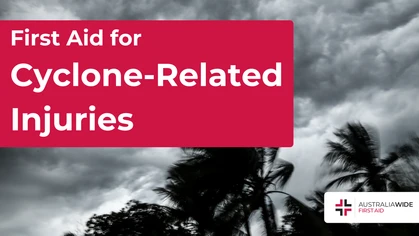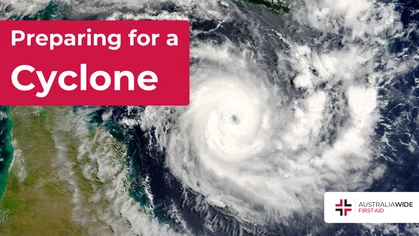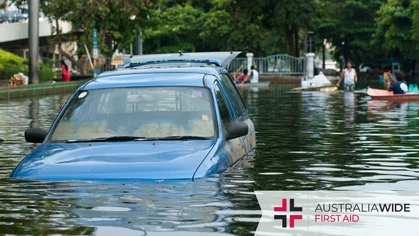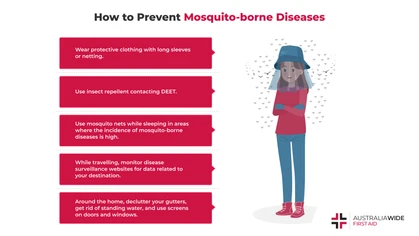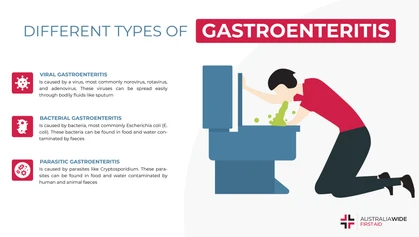Hazards of Spending a Day on the Beach

Seasonal Concerns
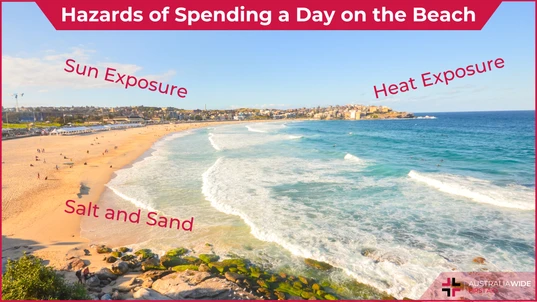 Australia is famous for its stunning beaches, but spending a day on the sandy shores Down Under can expose you to a unique set of hazards.
From the intense sun and scorching heat to the abrasive sand and salty sea, beachgoers need to be aware of the potential risks and take precautions to stay safe.
This article will explore the hazards of spending a day at an Australian beach, focusing on sun exposure, heat exposure, and sand/salt exposure. We will also provide warning signs to look out for and treatments for each of these hazards.
Australia is famous for its stunning beaches, but spending a day on the sandy shores Down Under can expose you to a unique set of hazards.
From the intense sun and scorching heat to the abrasive sand and salty sea, beachgoers need to be aware of the potential risks and take precautions to stay safe.
This article will explore the hazards of spending a day at an Australian beach, focusing on sun exposure, heat exposure, and sand/salt exposure. We will also provide warning signs to look out for and treatments for each of these hazards.
Sun Exposure
Australia's abundant sunshine is a major draw for beachgoers, but it's also a significant hazard. The country's proximity to the ozone hole means that UV radiation levels can be exceptionally high, leading to an increased risk of sunburn and skin cancer. Australia has one of the highest skin cancer rates in the world, with more than two thirds of Australians being diagnosed within their lifetimes. Of those, about 2000 will die each year. Warning Signs:- Red, painful, or blistered skin
- Skin feeling hot to the touch
- Headache, dizziness, nausea, or confusion (signs of heatstroke)
- Use a broad-spectrum sunscreen with a high SPF
- Wear protective clothing
- Seek shade during peak sun hours (10 a.m. to 4 p.m.)
- If sunburn occurs, take a cool shower, apply aloe vera or moisturizing lotion, and stay hydrated.
- For heat-related illnesses, move to a cooler area, drink plenty of water, and seek medical attention if symptoms persist or worsen.

Heat Exposure
The Australian sun can be scorching, and the combination of high temperatures and physical activity at the beach can lead to heat-related illnesses, such as heat exhaustion and heatstroke. Heat exhaustion and heatstroke are different. Heatstroke is a life-threatening medical emergency, and Triple 0 should be called immediately. Heat exhaustion will precede heatstroke, so being able to recognise the signs and symptoms and take action quickly will reduce the risk of developing heatstroke. Warning Signs:- Profuse sweating, weakness, and dizziness (heat exhaustion).
- Rapid heartbeat, high body temperature, and confusion (heatstroke).
- Stay hydrated by drinking plenty of water and avoiding alcohol and caffeine.
- Wear lightweight, loose-fitting clothing and use hats and sunglasses to protect yourself from the sun.
- Take regular breaks in the shade and avoid strenuous activity during peak heat.
- Move to a cooler place
- Cool down with cold packs or water (submersion in cold water up to the neck is the best way, otherwise use any means available to apply cold water and fan the body continuously)
- Strip as much clothing as possible
- Frequently sip small amounts of cool water or electrolyte drinks
- Seek medical attention immediately for heatstroke, but only once cooling processes have begun
Sand/Salt Exposure
While the soft, sandy beaches of Australia may seem inviting, the abrasive nature of sand and the high salt content in seawater can pose their own set of hazards. Warning Signs:- Skin irritation, itching, or redness
- Infections or cuts from stepping on sharp objects like shells, rocks, or broken glass
- Rinse off sand and salt from your body and clothing with fresh water to prevent irritation.
- Keep your feet protected with water shoes or sandals to avoid cuts and infections.
- If you get a minor cut or sting, clean it with fresh water, apply an antiseptic, and cover it with a bandage.
- Seek medical attention for more serious injuries or infections.
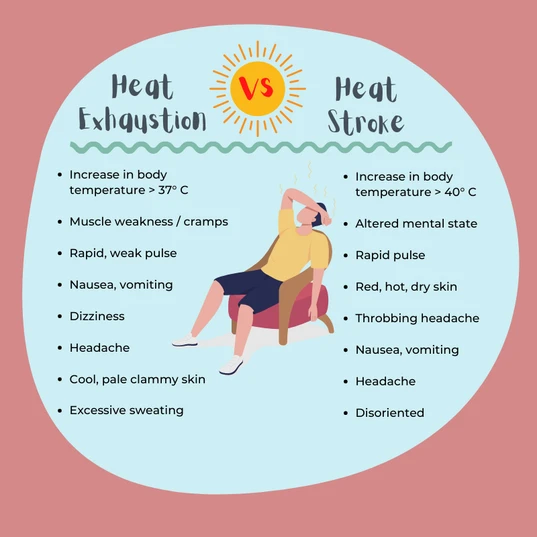
Conclusion
Australia's beautiful beaches are a quintessential part of the country's lifestyle, but they can be hazardous if proper precautions are not taken. To enjoy your day on the beach safely, be aware of the risks of sun exposure, heat exposure, and sand/salt exposure, and take preventive measures to protect yourself and your loved ones. By staying sun smart, keeping cool, and avoiding unnecessary risks, you can ensure a safe and enjoyable beach experience in the Land Down Under.
Originally published at
https://www.australiawidefirstaid.com.au/resources/hazards-of-spending-a-day-on-the-beach
as part of the Australia Wide First Aid Articles Library
